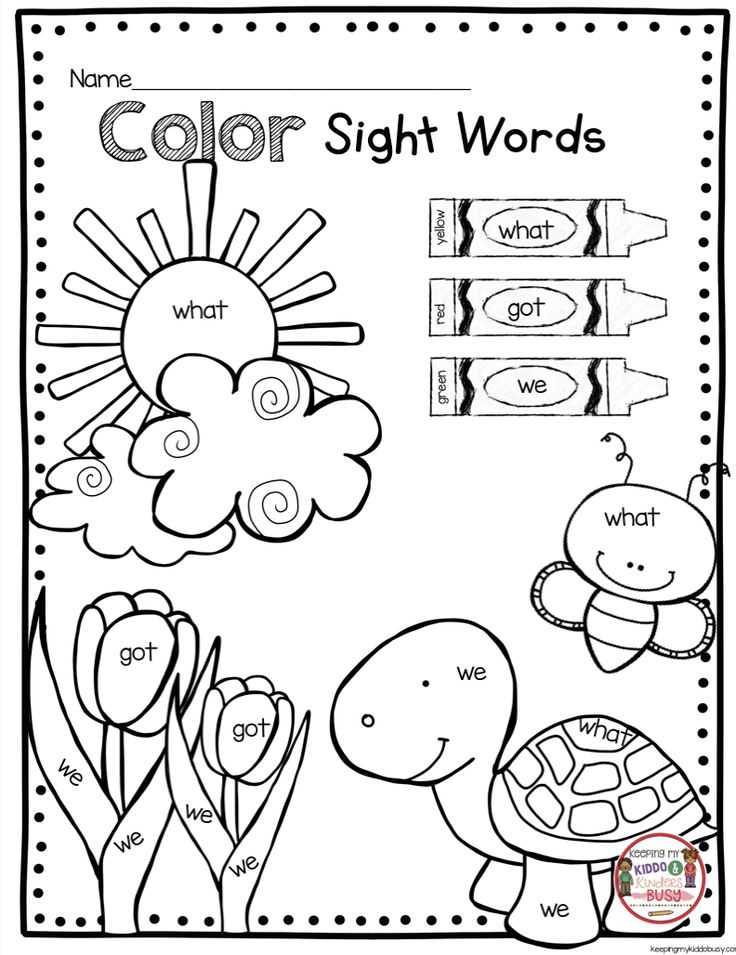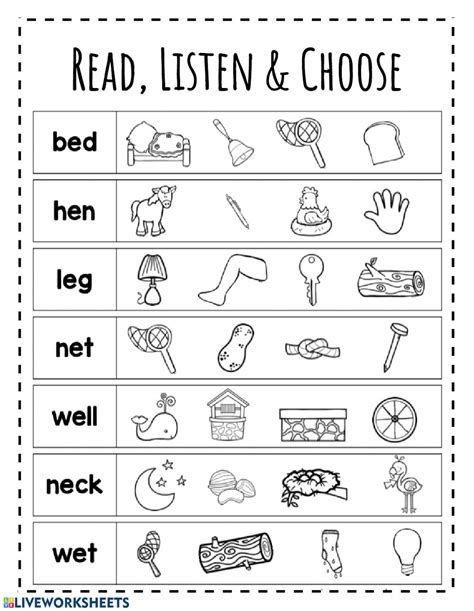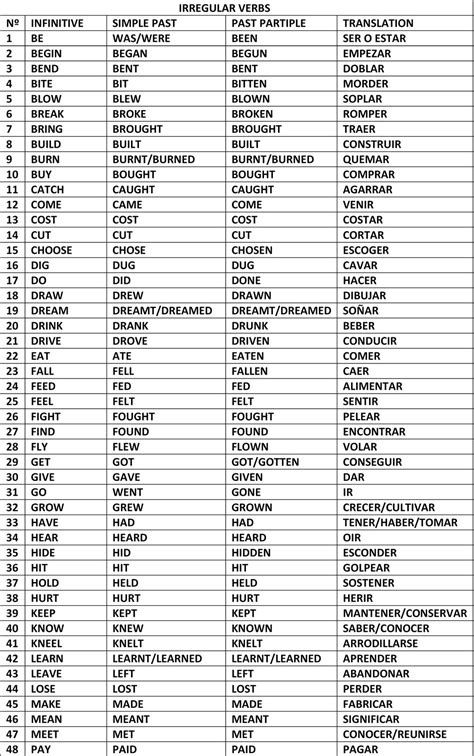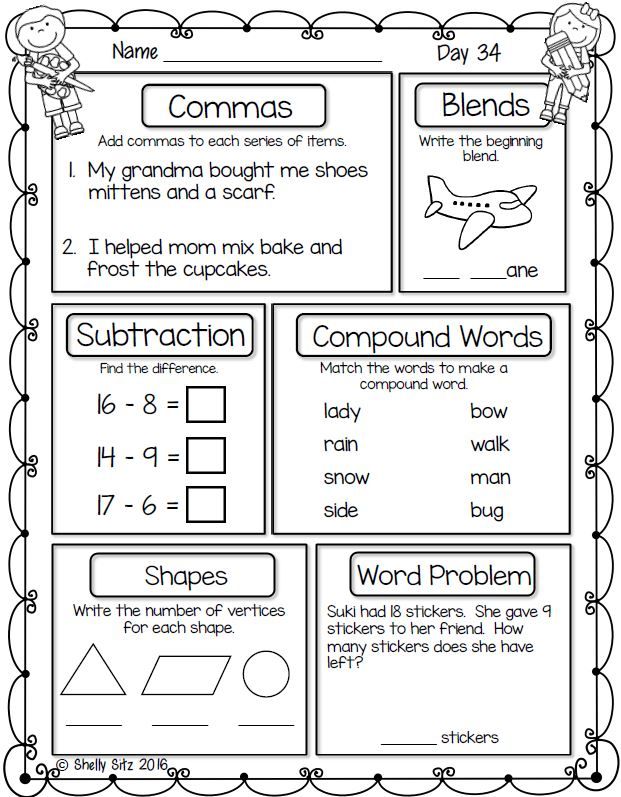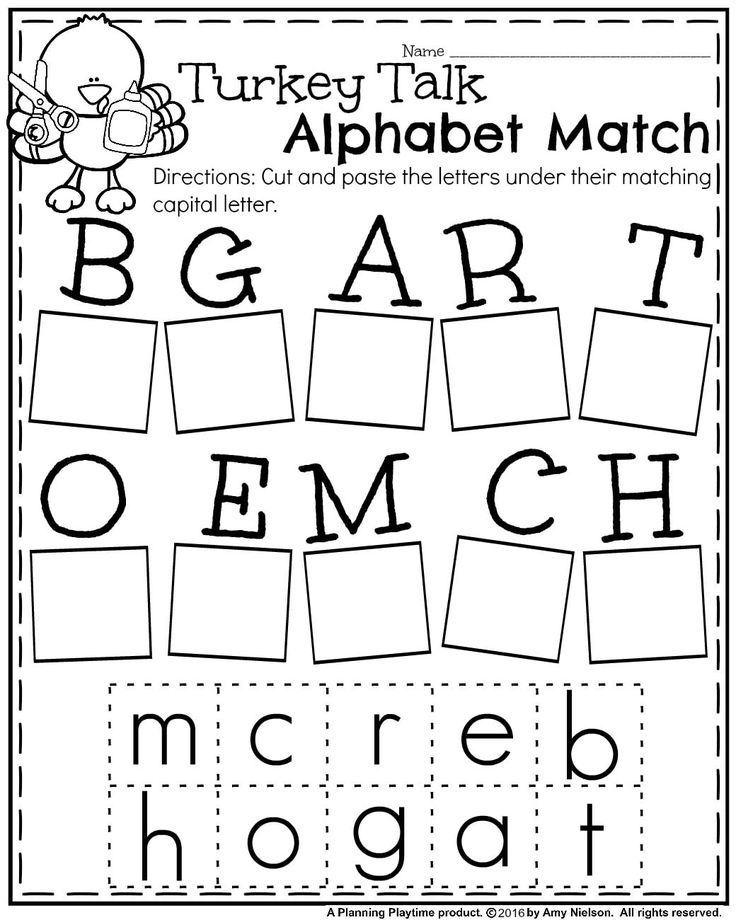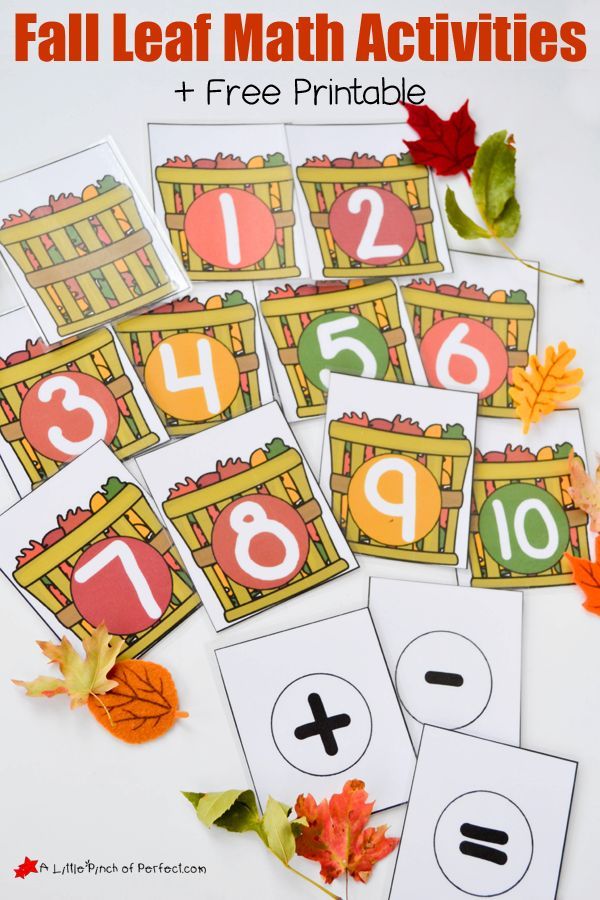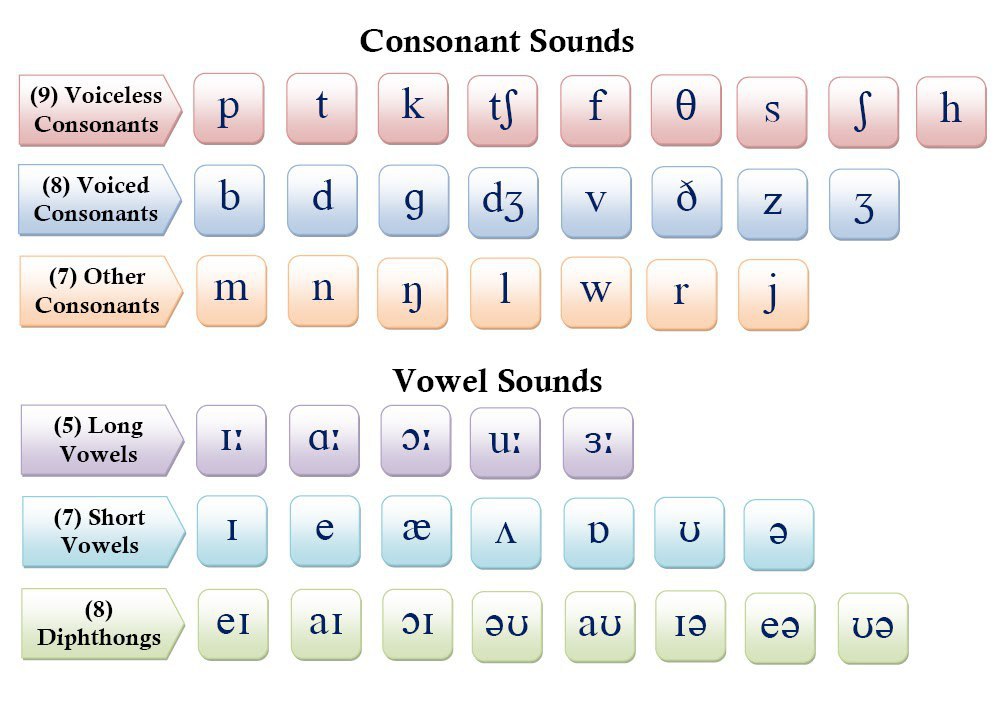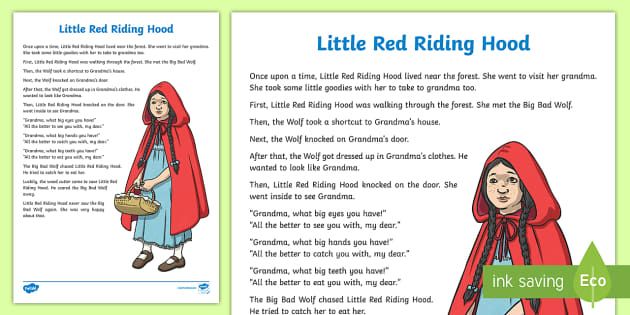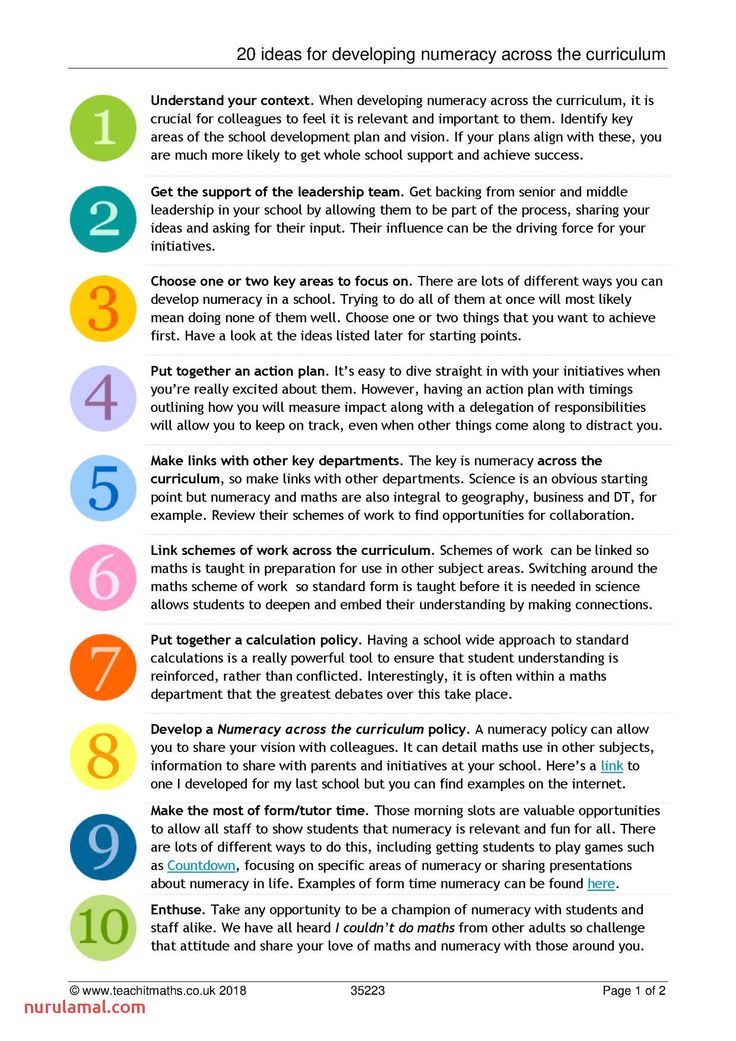Sight word activities to do at home
FREE Sight Word Activities You can Use at Home
Inside: Looking for ways you can help your child learn sight words? These 10 fun activities are quick and easy and will help your child become a sight word whiz in no time. Affiliate links are used. Read my disclosure here.
Mastering sight words is critical for students’ reading success. And, let’s face it. There aren’t enough hours in the school day for teachers to help every student master every sight word. Since sight word retention requires repetition, parents need to do fun sight word activities with their children as well.
Parents can help students master their sight words in fun and engaging ways at home using these FREE printable sight word activities . While spending quality time together, parents and students are also ensuring reading success!
10 Sight Word Activities for Parents and Children
1. Shine a light on it!Tape index cards with sight words on them on the ceiling or on a wall. Use painter’s tape so it doesn’t damage the wall. Turn the lights off, and have your child shine the light on a word and read it.
Or, leave the lights on and call out a word. See how quickly your child can find that word and shine a light on it. Kids love this fun game that’s perfect for the 5-10 minutes before bedtime.
2. Hop to it!
Create a hopscotch board with painters tape indoors or sidewalk chalk outdoors. Place a sight word in each square. As your child hops along the board, have them read the sight word.
The great thing about this game is that it promotes active learning and it focuses on just 8-10 words at a time which is the perfect size list!
3. Time yourself!
Use a sand timer or stopwatch. Have your child read a sight word list and time himself. Do it again and try to beat the previous time.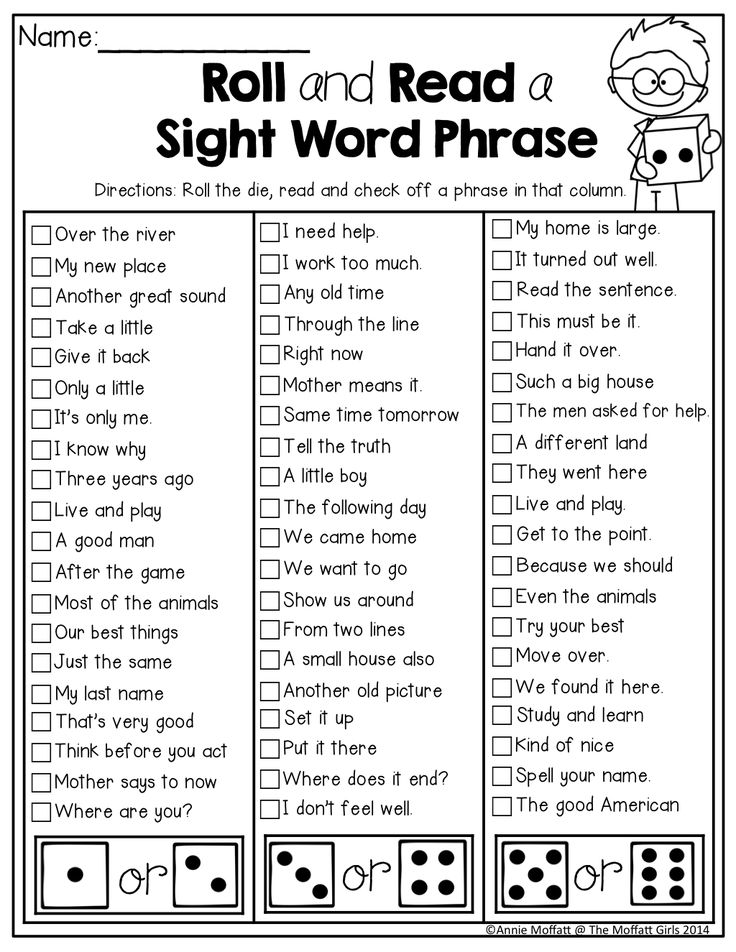 Your child can also play “Beat the Clock”
by trying to get through an entire list before the timer runs out.
Your child can also play “Beat the Clock”
by trying to get through an entire list before the timer runs out.
Remind your child (and yourself) that SPEED + ACCURACY = FLUENCY!
4. Clap, Spell, Chant!
Clap the word, spell it letter by letter as you clap, then chant the word again! For extra fun add different kinds of voices and voice levels.
Shout it. Whisper it. Chant it in a baby voice. Or use a cowboy voice. Simply put, make it fun!
5. Write it!
You’ll love this sight word activity. Pour salt or sugar in a shallow plastic tray. Let your child “write” the word in the sugar or salt. This is actually a Montessori technique that works great because your child is learning the word through movement, texture, and sight!
At different times of the year, change up the writing medium to match the season.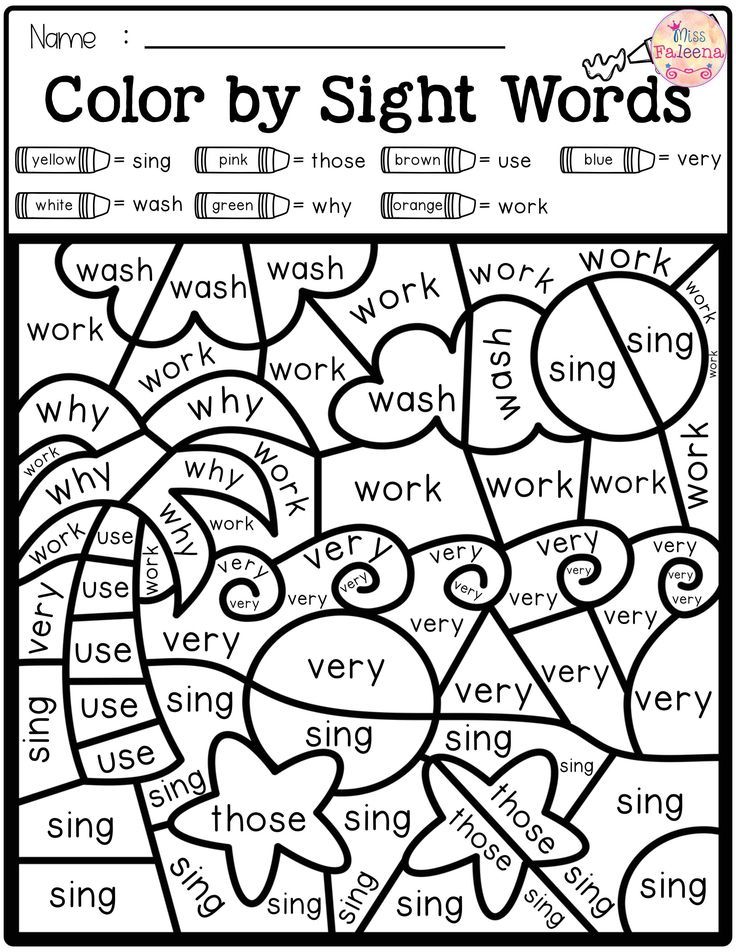 Use shaving cream to represent snow in the winter. Use colorful sprinkles at Christmas time. Anything goes with this fun sight word activity.
Use shaving cream to represent snow in the winter. Use colorful sprinkles at Christmas time. Anything goes with this fun sight word activity.
Even More Fun Sight Word Activities
6. Stick to it!
Purchase magnetic letters at the dollar store and put them in a bowl. Have your child spell words using the magnetic letters. They can stick the letters to the fridge or even to a cookie sheet!
Or use a tin lunch box for a portable letter holder and magnet board. Kids love this, and it’s a great way to keep the magnetic letters organized and all together.
7. Scoop it up!
Write sight words on index cards and bury the cards in sand, corn kernels, etc. Have your child use a scoop to get a sight word and read it. Again, you can change out the material based on the season.
You could even add the sight word cards into a sensory bin with several different materials.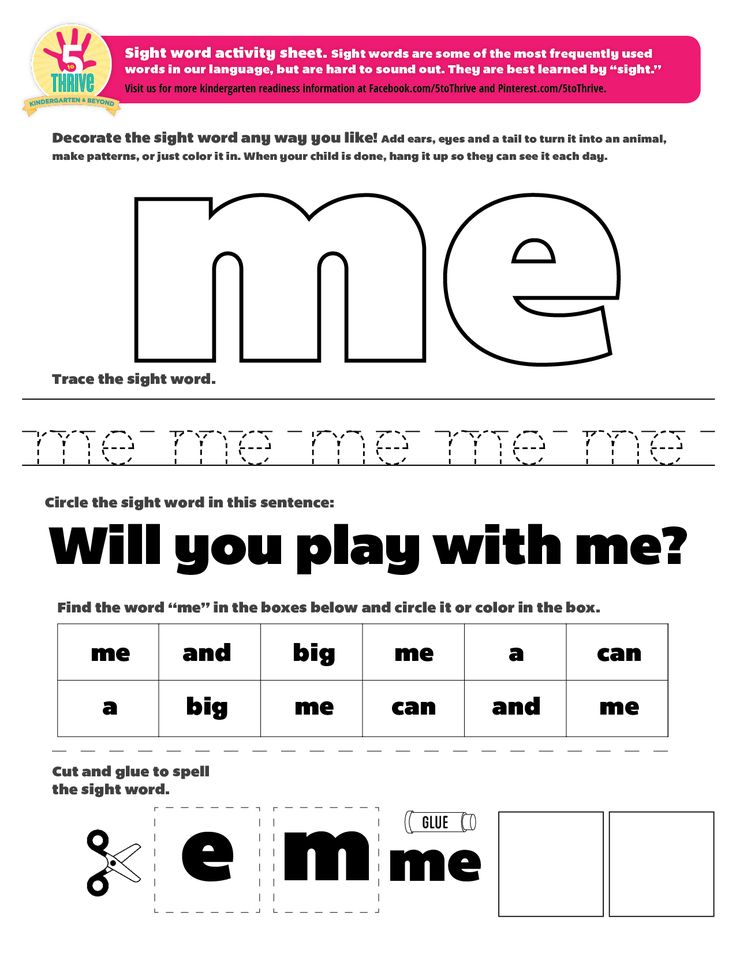 This sight word activity will be played again and again!
This sight word activity will be played again and again!
8. BINGO!
Program blank BINGO boards with sight words. Call out a word and have your child find it and place a bingo chip, color square, etc. on it.
For a seasonal twist, use fun items for the Bingo chips. Mini erasers from The Target Dollar Spot make great chips. You could use Hershey Kisses at Valentine’s Day and mini presents from the Dollar Tree at Christmas. Anything that will fit on the Bingo square is great!
9. Go Fish!
Another fun sight word activity for parents to do at home is sight word fishing. Print the fish on colored card stock. Write a sight word on each fish, and attach a magnet to it. Use a fishing line on a dowel rod to “fish” for and read words. Be sure there’s a strong magnet at the end of the fishing line to “catch” the fish!
Guess what? You can even buy a little magnetic fishing pole so you don’t have to make one.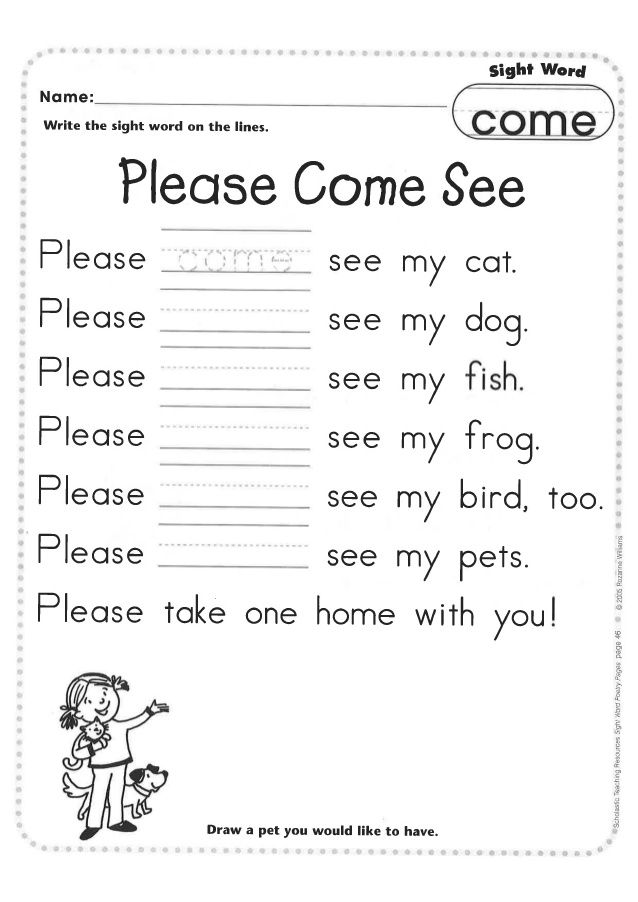 Check this one out on Amazon!
Check this one out on Amazon!
10. What’s the password?
Make a Sight Word Password for each room in your house. Tape the sign on the door. Your child must read the word to enter the room.
You can do this fun game with letters or numbers, too. Be sure you use painters tape so you don’t damage your walls or doors.
FREE Printable Sight Word Activities
Want to grab a free parent resource packet of sight word activities to use with your child at home? Click the picture below to snag this FREEBIE! (Teachers, feel free to send a copy of this FREE packet home with your students!)
Looking for more fun learning activities for Preschool or Kindergarten? Check out these ideas:
- Name Practice Mats
- Alphabet Activities Using Magnetic Letters
- Hands On Alphabet Activities
- FREE Playdoh Alphabet Mats
Sight Word Activities for PARENTS
in activities, ELA, homework, kindergarten, parental involvement, printables, sight words - 9 comments
Last week, after a meeting at church, I chatted with a sweet friend. She asked me, "Liz- what in the world are SIGHT WORDS, and do you have any ideas for how my daughter and I can practice them at home?" (Her cutie had just started Kindergarten...) Before long, a few other Moms joined in on the conversation, and I knew right away I wanted to write a blog post sharing EASY and FUN sight word activities that parents can do at home with their kiddos.
She asked me, "Liz- what in the world are SIGHT WORDS, and do you have any ideas for how my daughter and I can practice them at home?" (Her cutie had just started Kindergarten...) Before long, a few other Moms joined in on the conversation, and I knew right away I wanted to write a blog post sharing EASY and FUN sight word activities that parents can do at home with their kiddos.
Just as parents help their child study for a weekly spelling test, they can also help their child read and review their weekly sight words. This blog post is filled with ideas for PARENTS to help their children practice and review their sight words at home to compliment what the teacher is doing at school.
Sight word activities at home should be...
1. Tactile/Hands On
2. Games/FUN
3. Visual
You want your child to have an opportunity to build, touch, and experience the sight words so that his or her brain can make a connection between the letters and the word itself. It's all about exposure, repetition, and practice.
1. Glitter Sight Word Flip Books
(This video explains how to make them.)
2. Whipped Cream/Shaving Cream Writing
Spray some whipped cream or shaving cream on the counter or table. Have your child spread it out and then practice writing his sight words. Provide a flashcard or list for reference. It's all about practice, repetition, and exposure to the words. Don't worry if your child needs to look at the word list.
3. Sand/Sugar letters
Get a school supply box or cookie sheet with edges and fill it with play sand or granulated sugar. Have your child practice writing sight words in the sand with his or her finger. It's all about the touch! *Hint: You do not need very much sand!*
4. PlayDoh
Flatten a piece of play doh and use a toothpick or skewer to write sight words in the PlayDoh. Kiddos can also form long snakes with the PlayDoh and then build the words with PlayDoh.
5. Build the Word
Build the word using magnetic letters, cut up pool noodle pieces, alphabet cereal, or with yummy items from the pantry!
Brynn had a blast with this pool noodle sight word activity.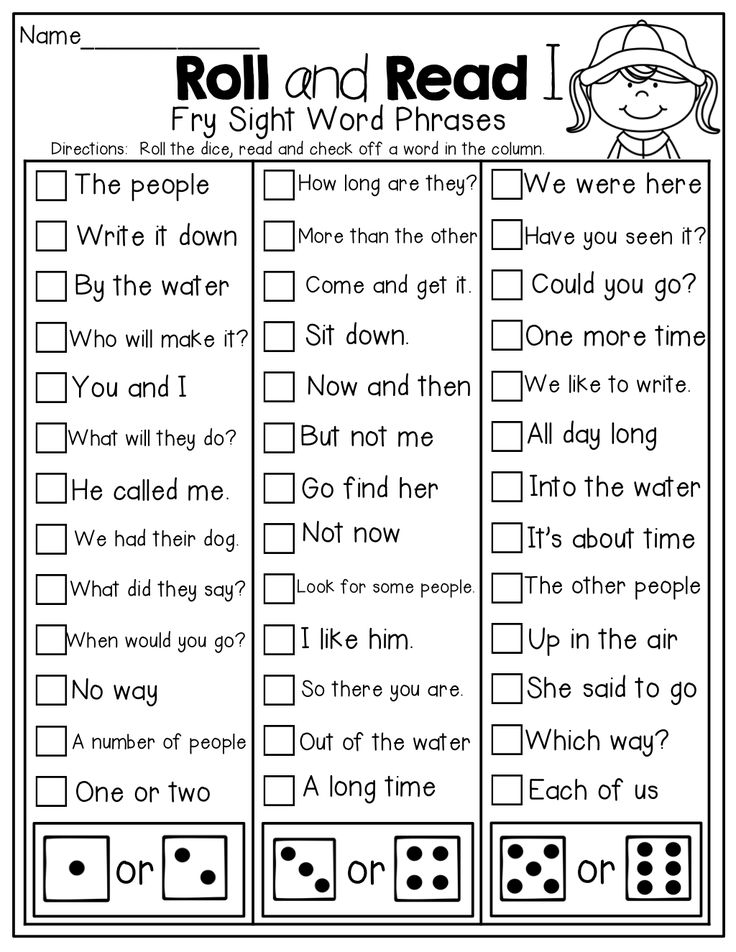 Such a cutie.
Such a cutie.
Find out more about the pool noodle sight words.
PULL AND PEEL TWIZZLERS
They are so easy to bend and shape. So much easier and less messy than PlayDoh. Delicious too! :)
Sight Word Snacks: Pull and Peel Twizzlers, pretzel sticks, raisins, chocolate chips, spaghetti noodles, Cheerios, Cheez-It letters, animal cracker letters, string cheese...
6. Go Fish
Make a set of playing cards with index cards using the words of the week or the words your child needs to review. (2-4 per word) Deal the same number of cards to each player and then leave a "Go Fish" pile in the middle.
7. Memory
Make a set of playing cards using the words of the week. (Two per word) Place all of the cards upside down. Each player flips over two cards and reads the words aloud. If the words match, the player keeps the pair. The player with the most matches wins. *If you child has A LOT of words to learn, start with just a few and then add more to the memory game as they become more comfortable with the words. Your child will be extremely frustrated if they have 20 cards in the game and they can't read any of them, so start simple.*
Your child will be extremely frustrated if they have 20 cards in the game and they can't read any of them, so start simple.*
8. Hopscotch
Grab some chalk and make a hopscotch board in your driveway. Fill in the week's sight words, and have your child hop across while practicing the words. While you are outside enjoying the weather, let your child decorate the sidewalk or driveway with all of his or her sight words.
9. Hide & Seek Sight Words
Write the weekly sight words on sticky notes. When your child is not looking, hide the words all over the house! After you hide the words, let your child loose to go find all of the hidden words. For extra practice, your child can write the words after he or she finds them. This game is so easy and endless fun!
Tip: Collect found words on a clipboard.
10. Printable Board Games
I love this editable game from Playdough to Plato. It's FREE! I love that you can type in the words that you want on the game board.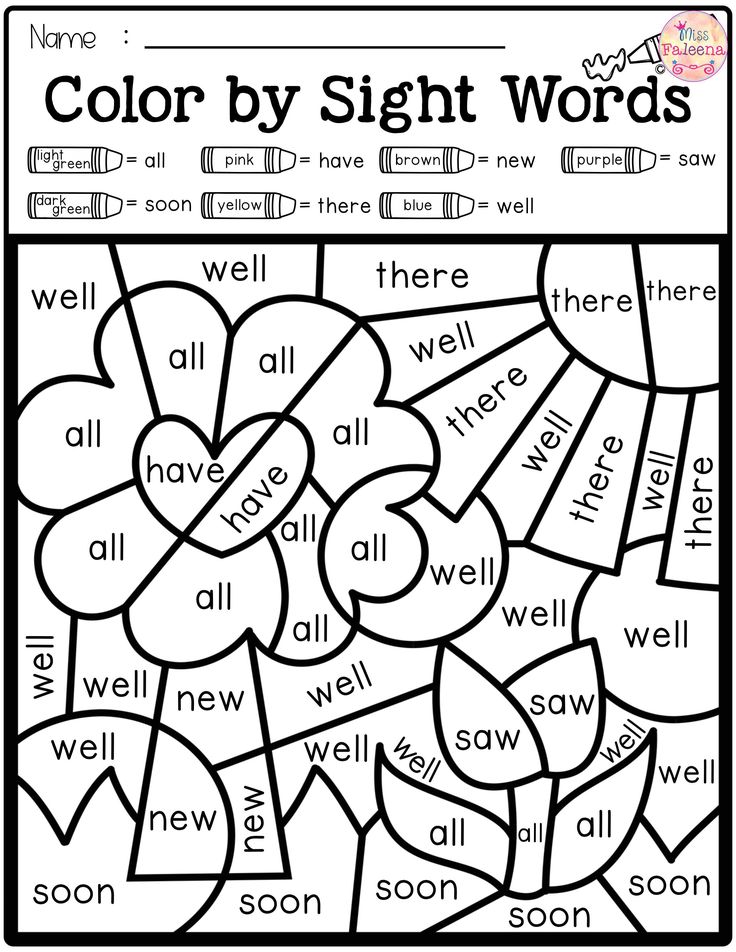 So cute and fun for practicing new sight words. (If you don't have a TpT account, you will need to sign up to download the freebie.)
So cute and fun for practicing new sight words. (If you don't have a TpT account, you will need to sign up to download the freebie.)
11. SWAT Game
Write all of the weekly sight words on index cards. Grab a fly swatter. Yes, a fly swatter. :) Call out one of the words. As quickly as possible, your child SWATS the word with the fly swatter. Silly fun! If your child is struggling with ALL of the words, just start with 2-3words. Add a few more words as they become more familiar with the words.
12. Sight Word Password
Kids love secret passwords. Use this love of passwords to help learn sight words. Pick the trickiest word of the week and make that the "password." Write it on a big piece of construction paper and post it somewhere in your house that gets a lot of traffic (i.e. the bathroom, the fridge, the pantry...). To enter the pantry, everyone in the family must read the password.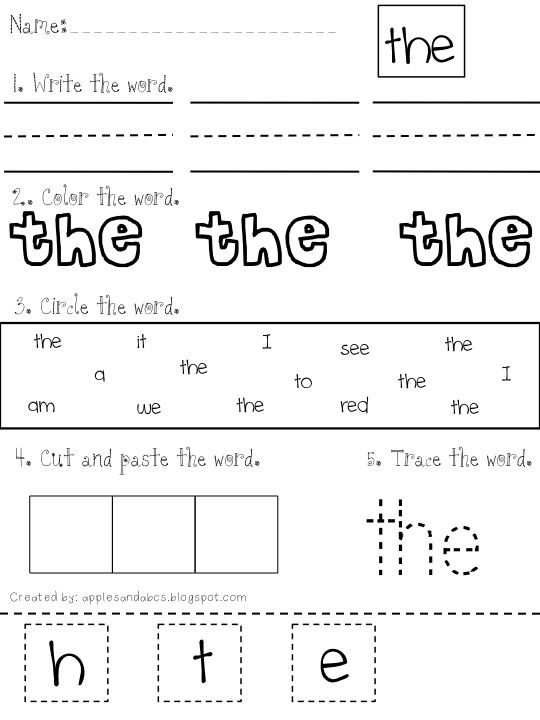 Hearing Mom, Dad, and older sister say the "password," as well as looking at it and making a connection with it throughout the week will help your child remember it as well. Remember, it's about exposure, repetition, and practice.
Hearing Mom, Dad, and older sister say the "password," as well as looking at it and making a connection with it throughout the week will help your child remember it as well. Remember, it's about exposure, repetition, and practice.
If you are a teacher, please feel free to share the link to this blog post with parents in a weekly e-mail, class newsletter, during Parent Teacher Conferences, etc. Please e-mail me at [email protected] if you have any questions.
If you would like to download the sight word cards I used, visit my TpT store.
Labor activity - what is it? Kinds and types
Let's show how to apply social science in life
Start learning
Labor is a powerful engine of progress that helped our ancestors become human over thousands of years of evolution. It has remained an important part of our lives to this day. In this article, we will talk about labor activity from the point of view of social science: we will understand its types and other general concepts: means, objects, and many others.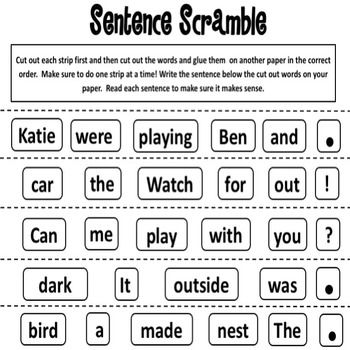
What is labor in social science
Labor (labor activity) is one of the types of human activity with the help of which people create material and spiritual values that they themselves or society as a whole need.
When a person works, he makes an effort, either physical or mental. As a result, it creates value, such as services or items. A thing that a man has made, he can use to satisfy his own needs. Or maybe sell, and then it will be called goods .
The structure of labor activity
Work is similar to many other types of activity: play, study and communication. For example, these common elements that make up work:
-
motive — conscious needs, interests and beliefs that induce to work;
-
goal setting — the desired result that a person wants to achieve as a result of the activity process;
-
thinking about ways to achieve the goal - choosing ways and approaches that will help to achieve the desired result;
-
means - special mechanisms and other tools, without which it is impossible to reach the goal;
-
actions - specific steps that a person takes to achieve a goal;
-
result - the result of the activity, its final product;
-
evaluation of the result - its analysis, which helps to establish the quantity and quality, identify errors and determine rewards.
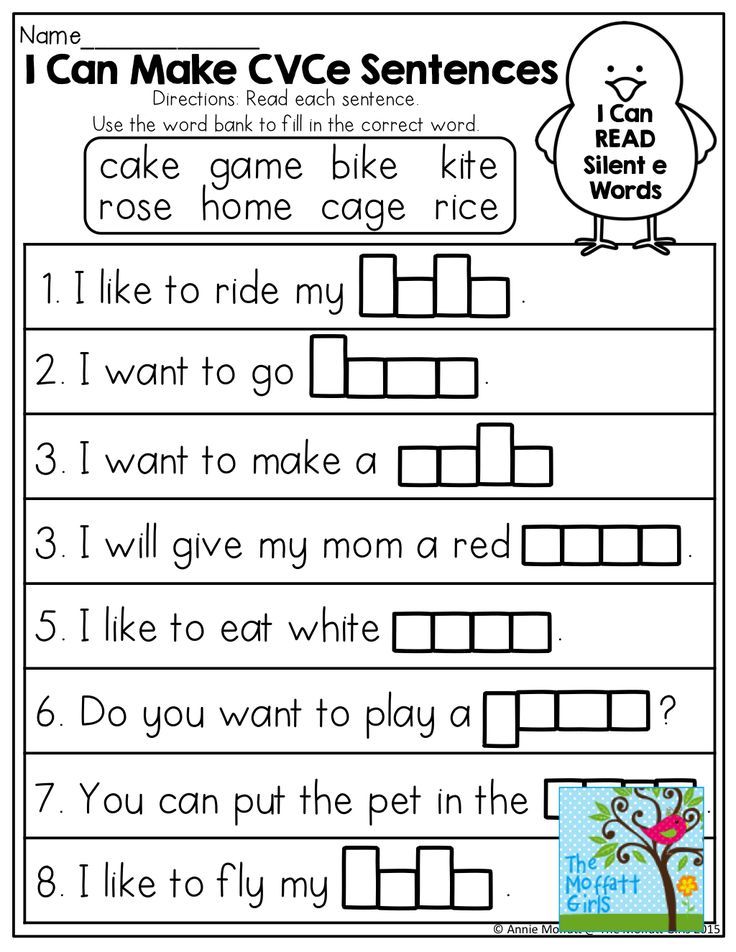
But there are other features that distinguish the structure of labor activity from other types. Among them are:
-
division of labor - a process in which specific duties are assigned to different people;
-
professionalism - skill, high quality and efficiency of the worker;
-
qualification - special skills of those subjects of labor activity whose work requires it.
At the same time, there is always a subject in work - this is the one who does the work. And also object is what this work is aimed at. For example, a seamstress is a subject, and a piece of fabric is an object of her activity.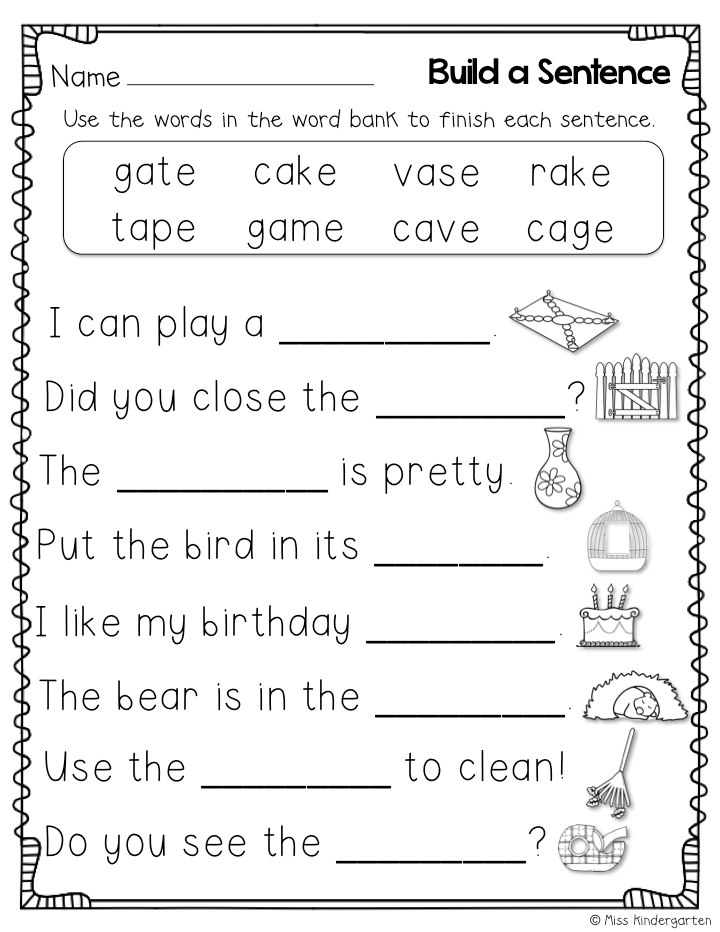 Below in the picture we depicted all the elements of the labor process.
Below in the picture we depicted all the elements of the labor process.
Check yourself
Do you think your household chores are work activities? Parse any of them by elements, as in the picture above.
Useful gifts for parents
There are guaranteed prizes in the wheel of fortune that will help improve the learning process and build relationships with your child!
Types of work
Labor is not necessarily hard work at the factory machine. He is different. In total, in social science it is customary to distinguish 4 criteria according to which labor activity is divided into types:
Let's take a look at each of them, and at the same time, using examples, consider the types of work that relate to them.
Types of labor according to its content
The content of labor is a range of duties that a worker must perform. It is of a different nature. For example, this is how labor differs by physical and mental .
Physical labor is a type of labor activity that is associated with human muscle strength and endurance.
This work is done directly by the worker by hand. As examples of professions that require such labor, one can name a loader, a miner or a locksmith.
Mental (intellectual) labor is a type of labor activity that is associated with the reception, analysis and processing of information.
Such professions, first of all, require developed logic, attention and good memory from a person. Here are examples of such specialties: game developer, teacher, architect, etc.
Example No. 1.
Anya is a turner at the factory. Every day she works hard with her hands: she grinds parts on the machine. Her job is physical labor.
Stepan is a landscape designer.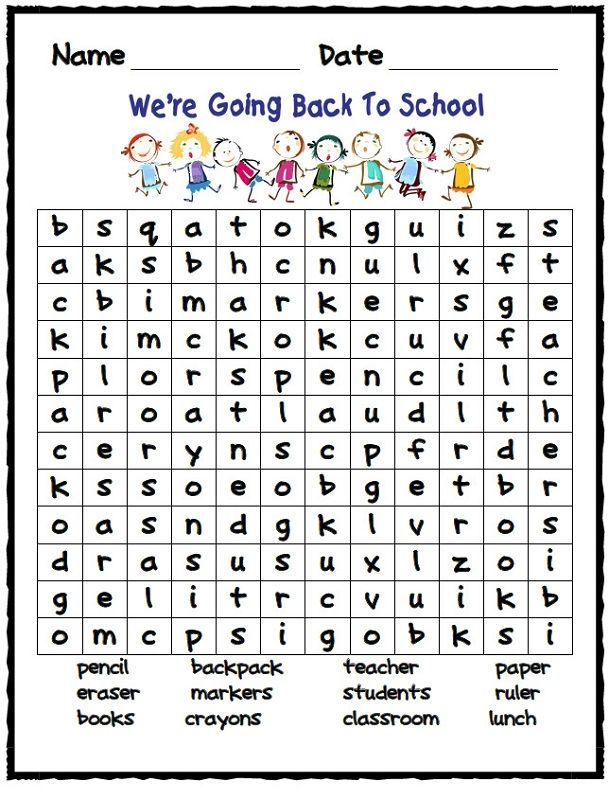 He designs comfortable and attractive design of sites: gardens, parks and other open public spaces. His work is mental work.
He designs comfortable and attractive design of sites: gardens, parks and other open public spaces. His work is mental work.
Also, according to the content, labor can be divided into simple and complex .
Simple (unskilled) labor is a type of labor activity that does not require special skills and professional training.
Example No. 2.
Inna works as a dishwasher in a restaurant. To get this position, she did not study at the university, because any person can handle such duties.
From the point of view of social science, her work is considered simple, because it does not require special knowledge and skills. But her work is still hard physical activity. And she deserves respect too.
Complex (skilled labor) is a type of labor activity for which you need to master a specific profession. It requires special training from the worker: knowledge and skills.
It requires special training from the worker: knowledge and skills.
Example No. 3.
Dmitry is a cardiac surgeon. Today, he performs complex surgeries and saves lives. But to get to the operating table, he went the hard way. First, Dmitry studied at a medical institute for 6 years, then spent another 3 years in residency.
And two more categories of labor that differ in its content - stereotypical and creative .
Stereotypical (reproductive) labor is a type of labor activity in which you need to repeat actions according to a predetermined algorithm.
The result of such a process is always known. And when work on one service or item is completed, the next will need to be performed according to exactly the same algorithm.
Example No. 4.
4.
Let's go back to Anya, who works as a turner at the factory. Her task is to grind metal blanks. At the same time, Anya knows in advance which product she should receive at the end of the work. Moreover, the type and characteristics of the workpiece determine the quality standards - GOST.
Anya follows the same steps to make one blank. It is impossible to deviate from this algorithm and show creativity here, otherwise a defective part may turn out. This is an example of stereotypical work.
Creative work is a type of labor activity in which the worker is constantly looking for new solutions in order to achieve the goal.
In this case, even the person himself does not know how exactly the result of his work will look like. And following pre-written algorithms will not work here either, because the task of the creative process is to get a unique result.
Example No. 5.
Alexey is an artist. To paint a picture, he studies special techniques, but in each particular work he applies and combines them in different ways. He does not have a sample that he must repeat exactly, because the picture must be unique. And what the finished work will look like will also be a surprise for him.
Types of labor by its nature
Another criterion that divides labor into types is character. So, they allocate collective and individual labor activity .
Collective labor is a type of labor activity that is performed by several people at once.
Example No. 6.
Let's say that at 8 "A" instead of lessons on Friday, a general cleaning is carried out in the classroom.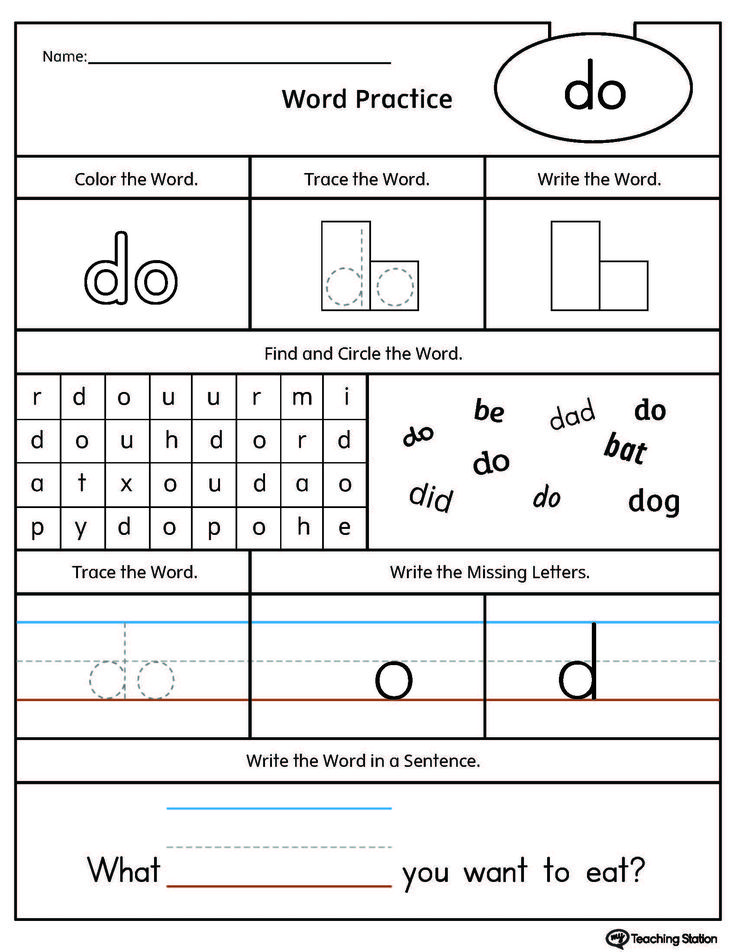 A group of people participates in it - all students of 8 "A". In this case, their work is considered collective, since each student performs a task that will lead the group to a common goal - cleanliness in the classroom.
A group of people participates in it - all students of 8 "A". In this case, their work is considered collective, since each student performs a task that will lead the group to a common goal - cleanliness in the classroom.
Individual labor is the labor of an individual person.
Example No. 7.
Let's say the teacher asked the student to clean the blackboard after class. In this case, the student will do the work alone, so his work will be considered individual.
Types of labor according to its result
The next criterion is the result of labor, the final product or service. Depending on what exactly a person creates, his activity can be divided into productive and non-productive .
Productive labor is a type of labor activity, as a result of which a person produces goods in kind.
In other words, such a process creates things and offers services for a person's everyday life. For example, a tailor makes clothes, a cook prepares food, and a plumber fixes pipes.
Unproductive labor is a type of labor activity, as a result of which a person produces spiritual and social benefits.
For example, the job of a radio station host is to inform and entertain people. This is unproductive work.
Types of labor according to the method of attracting people to it
And the last criterion by which labor can be divided into types is the methods by which workers are involved in activities. It can be voluntary work or work under compulsion - economic or non-economic.
Voluntary work is a type of labor activity in which a person works for the benefit of society without regard to remuneration.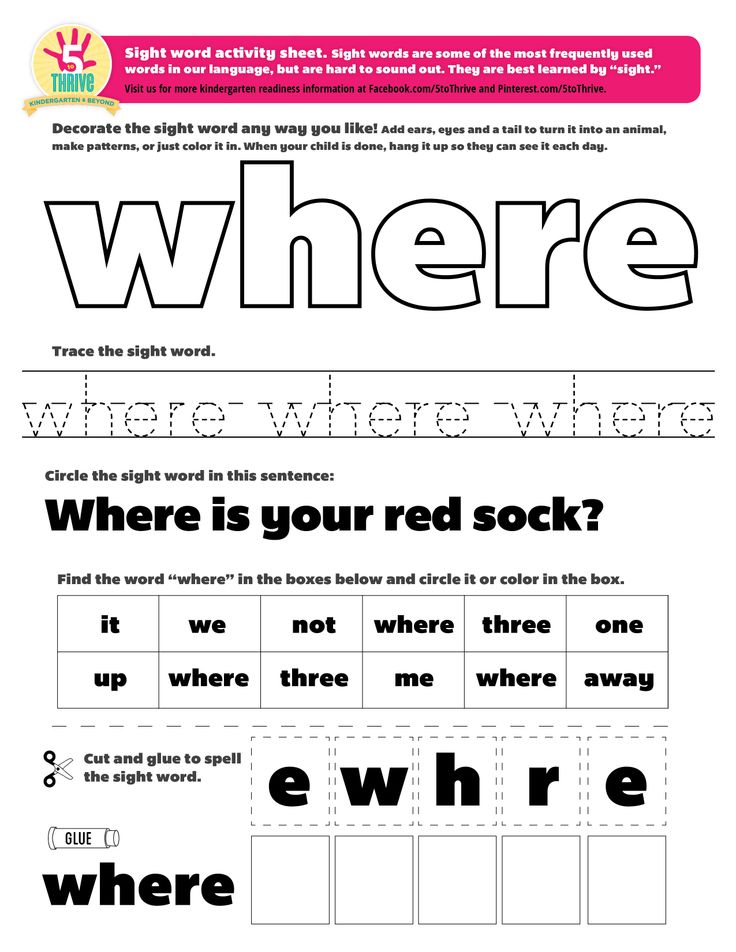
A striking example of voluntary work is volunteering. Such people voluntarily help charitable organizations and hold citywide subbotniks, because they want to make life better for society. By the way, housework is also voluntary work.
Economic forced labor is a type of labor activity in which a person works for remuneration.
Work that inspires and captivates is a real treasure. But all people need something to eat, dress and pay for utilities. To do this, we need to earn the means of subsistence, that is, money. Therefore, most people are forced to work for remuneration.
There is also labor under non-economic coercion or slavery . This happens when a person is held and forced to work against their will. This type of activity is illegal in most countries of the world.
Test yourself
Think about what profession you would like to master in the future.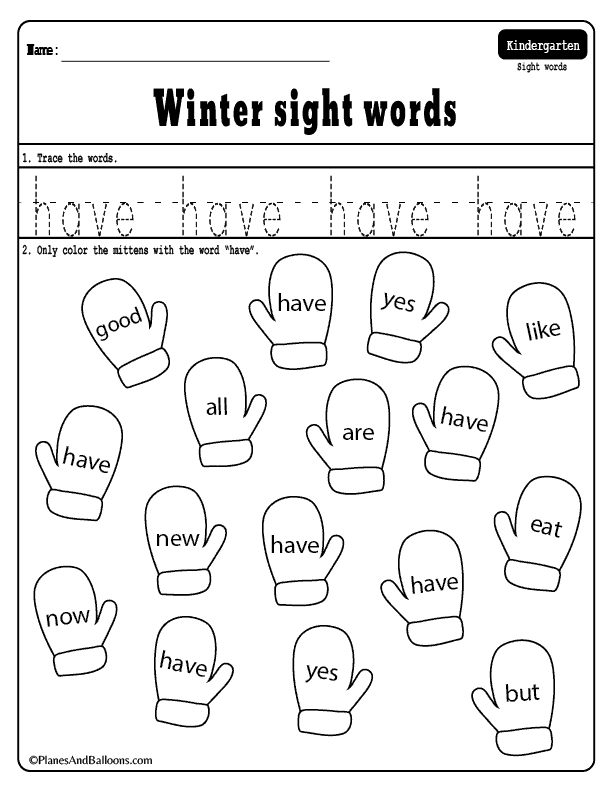 Classify it according to all four criteria that we have analyzed in this article. Please refer to the table below for your convenience.
Classify it according to all four criteria that we have analyzed in this article. Please refer to the table below for your convenience.
Types of work: summary table
In this article, we have considered many types of labor. To make it easier for you to navigate them, use the table with examples of professions below.
| Types of work | ||
|---|---|---|
| Criteria for division into species | Species | Examples of activities |
| By content | Physical | Baker, road worker, waiter |
| Mental | Manager, writer, programmer | |
| Plain | Janitor, cleaner | |
| Complex | Hairdresser, traffic controller, teacher | |
| Stereotypical | Dishwasher, turner, tire fitter | |
| Creative | Artist, composer, poet | |
| By nature | Collective | Performance of the troupe in the theater, symphony concert |
| Individual | Cashier, seamstress, hotel administrator | |
| Based on results | Performance | Cook, electrician, builder |
| Unproductive | Singer, news anchor, magazine editor | |
| Involvement method | Voluntary | Volunteering at a nursing home, animal shelter, children's camps |
| Economic coercion | Any paid job | |
| Under non-economic coercion | Any kind of slavery | |
Test Yourself
Now let's test your knowledge on the topic of this article.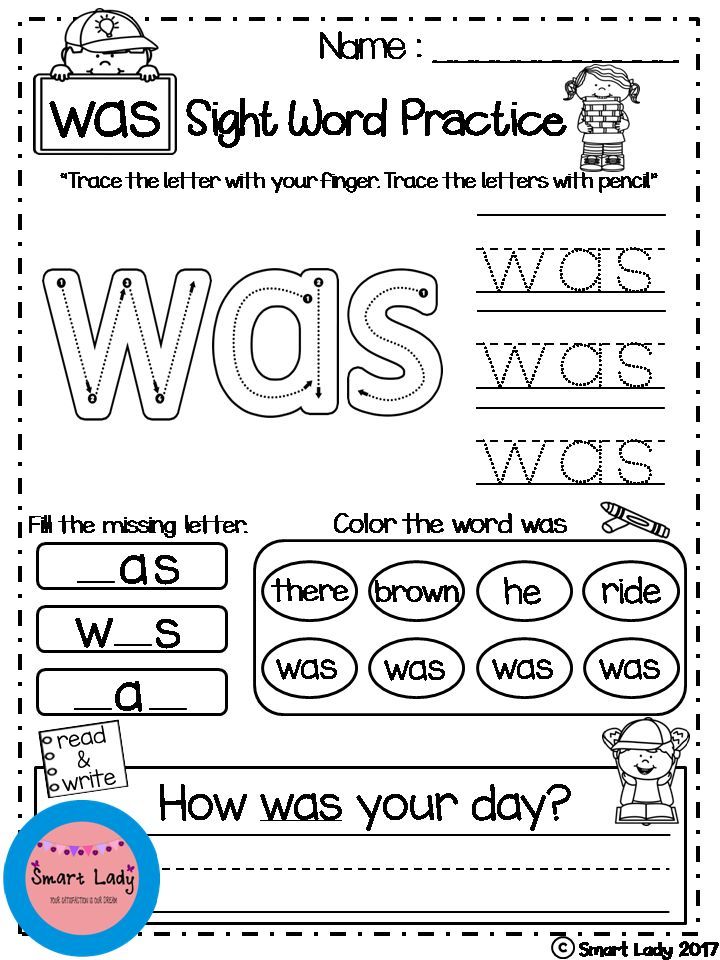 To see if you have learned it well, answer the questions below.
To see if you have learned it well, answer the questions below.
-
What is work?
-
What distinguishes labor from other human activities?
-
According to what 4 criteria in social science is it customary to divide labor activity into types?
-
Describe each type of work activity. Don't forget examples!
In this article, we analyzed the signs, types of labor activity and its components from the point of view of social science: the concepts of subject, object, goal, etc. But many others are also connected with this topic, for example, labor relations in economics and law. There are many nuances in them, but in the social studies courses at Skysmart, we will help you understand them using real life examples.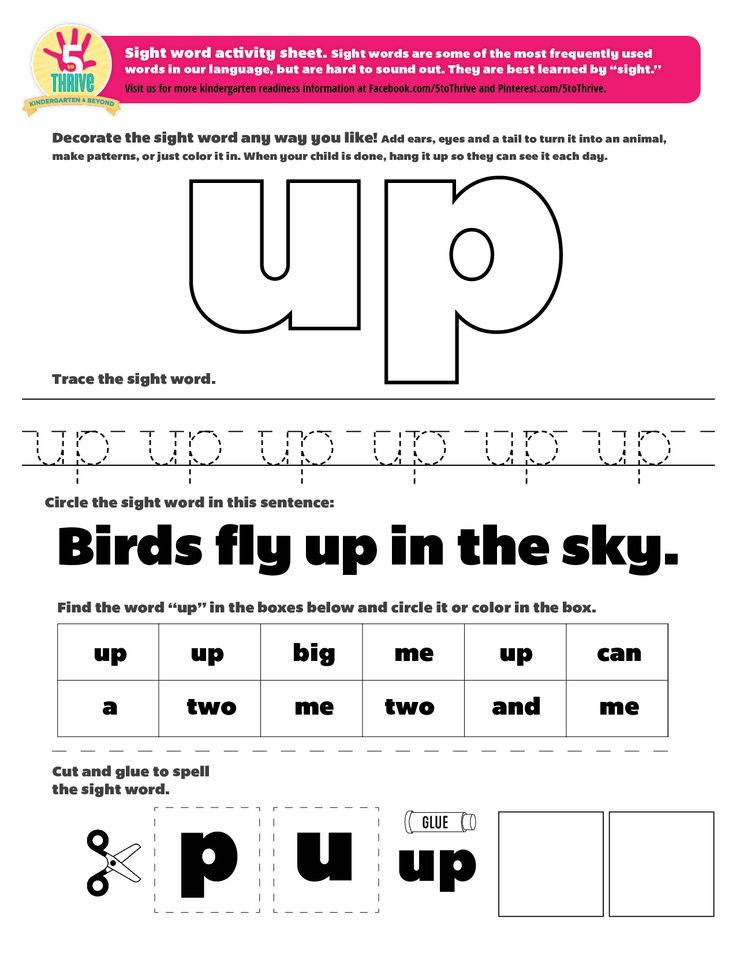
Start studying, and after a month and a half you will be able to increase your grade in social studies by 1 point. For example, from four to five. Welcome to the free introductory class!
Alyona Fedotova
author Skysmart
for the previous article
Inflation
for the next article
Macroeconomics and microeconomics
Get an individual introductory lesson
9000at the Vyniper lesson with Methods0019
-
We will identify knowledge gaps and give tips on learning
-
We will tell you how classes
-
We will select the course
Memorization methods help to better absorb the necessary information and train our brain.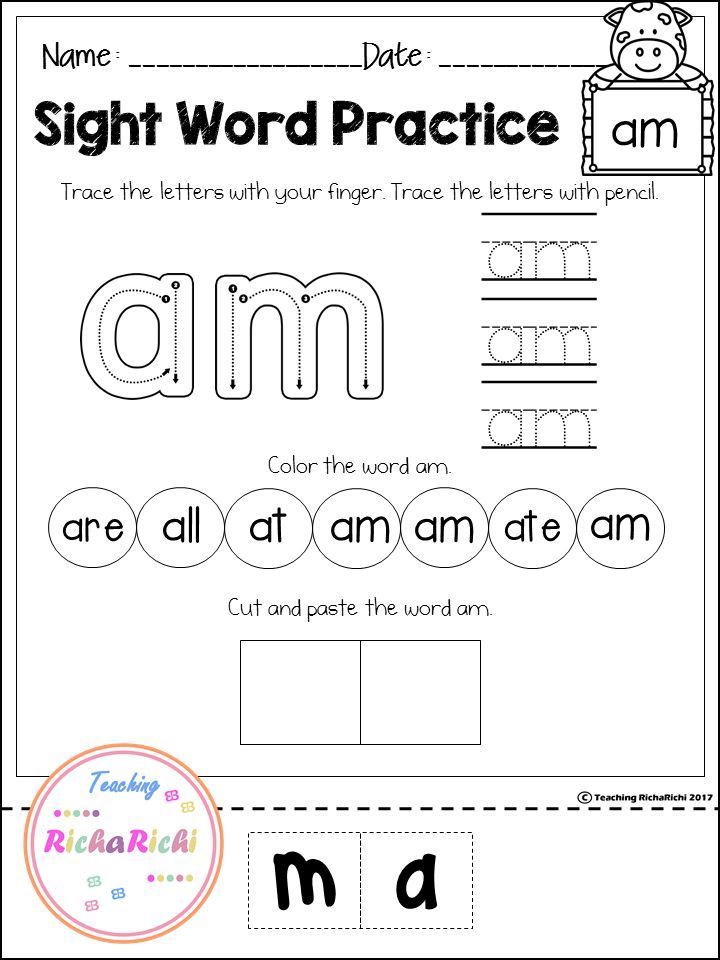 There are many of them, but the most common are the method of loci, storytelling, chunking, mnemonics, and spaced repetitions.
There are many of them, but the most common are the method of loci, storytelling, chunking, mnemonics, and spaced repetitions.
The brain better absorbs live, vivid, imaginative and engaging information. This means that we need to make the information we want to remember interesting for the brain. To successfully use any memory technique, you must find what works for you and set goals correctly.
Let's dwell on some of the most well-known memorization methods that will help you, for example, quickly remember the names of people you meet at work.
The method of loci
The name of this method comes from the Latin word locus - "place". It also has a number of other names: spatial mnemonics, memory palace, mind palaces, mental walk.
It is generally accepted that the method of loci originated in ancient Rome thanks to speakers who had to keep all the information for many hours of speeches in memory. The essence of the method lies in visualization, in linking the facts that need to be remembered to well-known locations.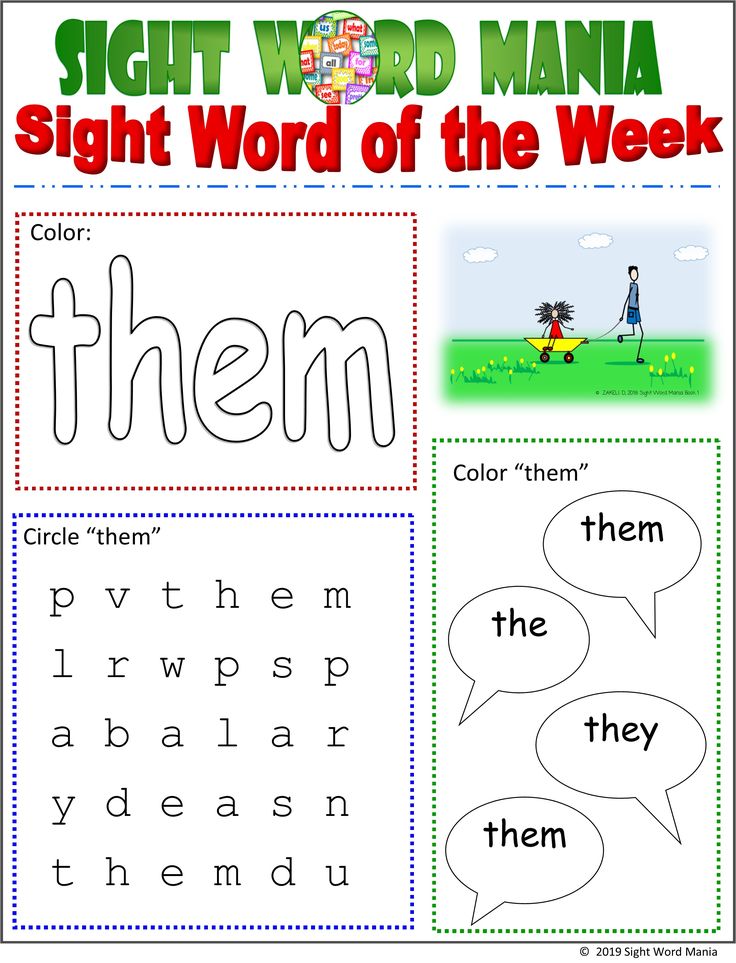 Facts can be anything: foreign words, a shopping list, people's names, etc.
Facts can be anything: foreign words, a shopping list, people's names, etc.
How does the method of loci work? Imagine that you are standing in your house (memory palace). Mentally walk around this house, remembering its distinctive features - they can be used to store information that you want to remember. Each stop on your way will be the very “locus” to which you can attach an idea or object. For example, the front door might be one locus, the bedside table in the hallway the second locus, the lamp in the living room the third. If you need to remember a certain word, create an association between that word and one of the objects in the house. Fix it in your head. When you think about your memory palace, you will remember not only the route, but also the objects associated with the locations.
Mnemonics
This method is a collection of tricks and methods that make it easier to memorize various information. It usually requires more effort to use effectively, but is better used in situations where you need to remember, for example, lists or structures. For example, if you need to remember a list of drugs of a certain type, mnemonics will help you do it better than other methods.
For example, if you need to remember a list of drugs of a certain type, mnemonics will help you do it better than other methods.
Mnemonics is based on the formation of associative series and sequences when a person replaces abstract objects with real concepts. The main thing is to use bright, interesting associations.
Some of the most well-known techniques in mnemonics are:
- Acronym: you make up a combination of letters that “encrypts” complete information for memorization.
- Acrostic: you come up with a poem in which the initial letters of the lines form a word.
- Keywords: You highlight keywords in phrases. Remembering them, you restore the entire phrase in your memory.
- Rhyming: You make up rhymes to remember words or numbers.
- Image-name technique (suitable for remembering names): you come up with any vivid connection between a person's name and their physical characteristics.
- Chaining: You make up a story in which the word or thought you want to remember sets off a chain reaction and pulls the next words along.

Chunking method (chunking, fragmentation)
This method involves combining several elements to be remembered into one small group. Many people use it when trying to remember phone numbers, bank account numbers, but this method can be used for other types of information as well. The chunking approach is often reflected in how we write phone numbers through dashes. We do it in this way in order to better perceive a set of numbers and remember them faster. There is a difference between the perception of a set of numbers: 89265660000 and 8-926-566-0000? Of course have.
The key principle that makes this technique work is the combination of items based on semantic coding, that is, items are placed in small groups according to context or some kind of pattern.
For example, some may group their grocery list alphabetically, while others may group it by type of food. In any case, this method is only successful when you identify patterns that are most natural to you and follow them.
Spaced repetitions
The essence of the method is that a person repeats the learned information according to certain, constantly increasing intervals. This method even has a specific formula: Y=2X+1, where Y means the day when the information will start to be forgotten, and X is the day of the last repetition. Thus, if you learned the information, for example, a week ago, then you will need to repeat it in 8 days. In this case, the potential of the interval is equal to infinity.
The spaced repetition technique is often used in conjunction with flashcards. The most common example: when learning a foreign language, you make cards with unfamiliar words and then repeat them at regular intervals.
The Storytelling Method
According to research, our brains love stories so much that good storytelling can trigger the release of oxytocin, a hormone that enhances empathy in people.
Stories capture all the qualities of information that make our brains love and remember it: vivid and colorful images, compelling storylines.